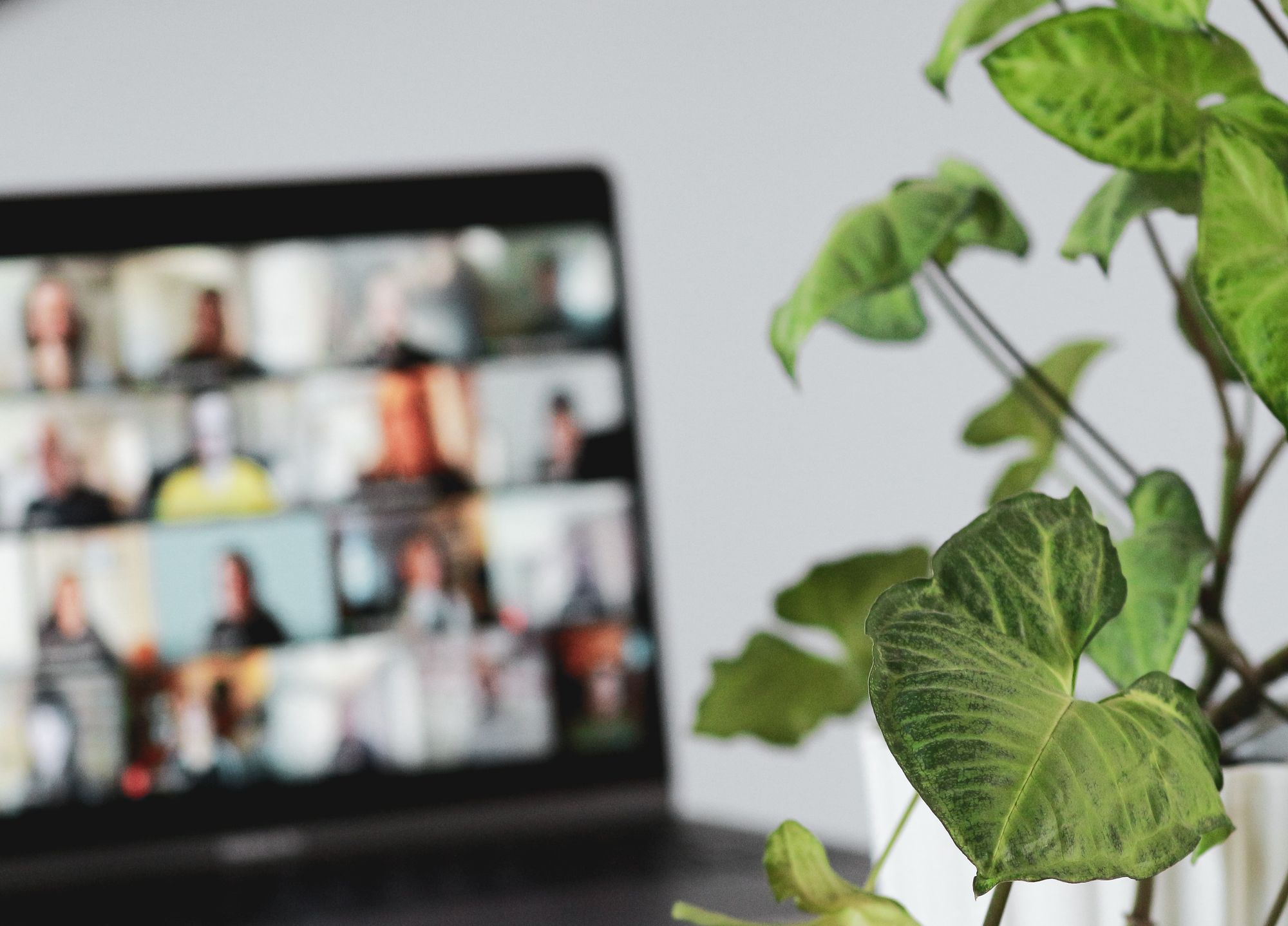How to Nail Your Virtual Interview
Your content may be perfect, but without proper consideration of the delivery of your answers in a virtual NHS interview you may still be marked down. We have collected our tips and tricks that allowed us to successfully navigate virtual surgical interviews and achieve out top jobs.

Overview
A virtual interview is not the same as an in-person interview. There are some advantages and disadvantages. Although, you will unlikely be able to achieve the same level of rapport virtually, you will be less nervous. There will be other considerations such as your device, microphone, lighting, internet connectivity and interruptions from family members or even pets.
Most of these virtual considerations can be mitigated against with very minimal planning.
Lights, Microphone, Action
You may have flawless answers but if you do not follow some very simple bits of advice it may truly hinder your chances of success. This article will cover the vast majority of considerations for your virtual interview.
Practice
The key to succeeding in these interviews is minimising the element of thinking or improvising. This can be done by practicing. An aspect of your practice should be navigating the platform that you will be interviewing on.
Ensure that you have used Microsoft Teams and are comfortable with the basic functions of the application. I would ensure you can switch your microphone and video on and off, opening and engaging in the chat. This will allow you to identify any potential distractors that may put you off your A-game.
Ensure you record yourself in your practice sessions to ensure you can see how you come across, identify any repetitive movements or any prompts that your examiner may notice. All of our faculty have found some key unconscious traits that have been changed after watching themselves back on video.
Location
You can sit this interview anywhere. Our advice is that you sit your interview in a location that is known to you; where you are very comfortable. Most will chose their own home. Aim to avoid public locations such as coffee shops or hospitals.
You do not want any interruptions that will cost you seconds or minutes during your interview as this could cost you tens if not hundreds of positions in the rankings.
Consider the external sound of your location, the internet connectivity and the lighting within the room.
Background
The advice here is a plain white wall.
As appealing as a bookshelf, plant or ornate statue might be; it is important not to distract the interviewers during your interview. Keep it clear and neutral in colour. You are not awarded any additional points for being an interesting candidate.
Ensure that you do not have a bright light or a window in your background as your face will be silhouetted and this will make it more difficult to see your face and may impair your ability to communicate your answers appropriately.
Dress code
The dress-code here is smart business attire. Keep it plain and simple. Some will advise you to avoid any articles of clothing that imply allegiance to any universities, institutions or sporting clubs.
A plain coloured suit, shirt and tie or a blouse and trousers/skirt is acceptable.
Internet Connection
Losing your internet connection or having a lagging connection can be detrimental to your ability to collect all of the points. We would encourage you to test your internet connection prior to the meeting.
You can use this website to test your speed. Teams state any speed greater than 1.5Mbps will allow HD quality video calling. Our recommendation is at least 50Mbps - this is especially the case if you select an interview slot during peak internet usage such as 09:00.
If your broadband plan is less than 50Mbps per month and you have had previous connection issues during peak internet use hours, it may be worth upgrading for a single month or day to minimise the chances of any issues on the day.
Device / Webcam
The recommendation is doing the interview on a laptop, however a tablet device may be sufficient. The expectation of your device is to:
- Be sufficiently powered to run MS Teams
- Allow you to trouble shoot if you run into any issues
- Have a webcam capable of HD video calling capabilities
- Have a do not disturb function, to prevent calls / notifications during the interview
The recommendation is not to use your phone.
We would recommend an HD webcam, with at least 720p video capabilities. Most modern laptops will have this as standard. If you do not, this is a cheap alternative and this is a more expensive alternative.
Lighting
It is crucial your face is appropriately illuminated and there is no silhouetting of your face as this may impair your ability to be seen and heard. We recommend a well lit room; with you position in front of your window so your face is well lit.
The alternative to this is to buy a small LED ring light that can be positioned 1-2 feet away that will ensure your face is well lit. There are a whole number of different ring lights to choose from. Any will do. We recommend this one here.
Audio
Being heard is the most important aspect of the interview.
It is crucial that you have good audio to listen and a good microphone to transmit your words clearly. Ensure to test out your microphone audio prior to the interviews. The microphone quality as well as the acoustics of the room have a role to play here. Avoid rooms that are vacant with no curtains or carpet as you will likely echo.
We recommend that you have a directional microphone that will pick up your voice and nothing else.
- We recommend this cheap headset if you have no other alternatives.
- We recommend this cheap Lavalier Microphone if you don't want a clunky headset.
If you do opt for an external microphone ensure that your Teams settings reflect this.
Body Language
Basic interview skills still apply during a virtual interview.
Ensure you feel comfortable in where you are sat and in your clothes. Being comfortable will allow the best version of you to come across. It is vital to be confident in your answers, even if you're not. Practicing the scenarios and the runnings of the interview will help that confidence come out.
Ultimately, they want to feel you will do a good job at looking after their patients and so ensure to smile and be warm in your communication with the interviewers.
Do not ramble. Time is very precious here. Preparation will instil this in you.
During a virtual interview you can either look at the webcam or at the faces of your interviewers on your screen. The former will allow you to come across as if you are looking directly at them; whereas the latter will allow you to gauge their reactions and prompts at the potential risk of appearing as looking down at your keyboard. To avoid this, aim to position the teams window centrally, so the distance between the interviewers and your webcam is minimised.
You will be able to troubleshoot these hiccups by practicing on teams and recording yourself to see how you come across and adjust accordingly.
Plan B
Ensure to have contingency plans in place for any number of different errors or unexpected faults to occur. I would ensure you have a plan to deal with a potential device or network failure. I would ensure to have a second back up device and potentially a strong 4G / 5G internet connection that will be able to host the video interview.
Cost
If you do not have any of the above equipment, you may be looking at a hefty bill. Ensure you share equipment with the other candidates to split the cost or consider buying equipment that you can return after the interview.
Apple, for example, will let you buy, try and then return their products so long as its within 14 days of purchase.
Did We Miss Anything?
We hope you found this guide helpful to guiding you in how to improve your virtual interview technique. Do you feel like we missed anything, or do you have your own tips & tricks that you found helpful? Let us know below!


